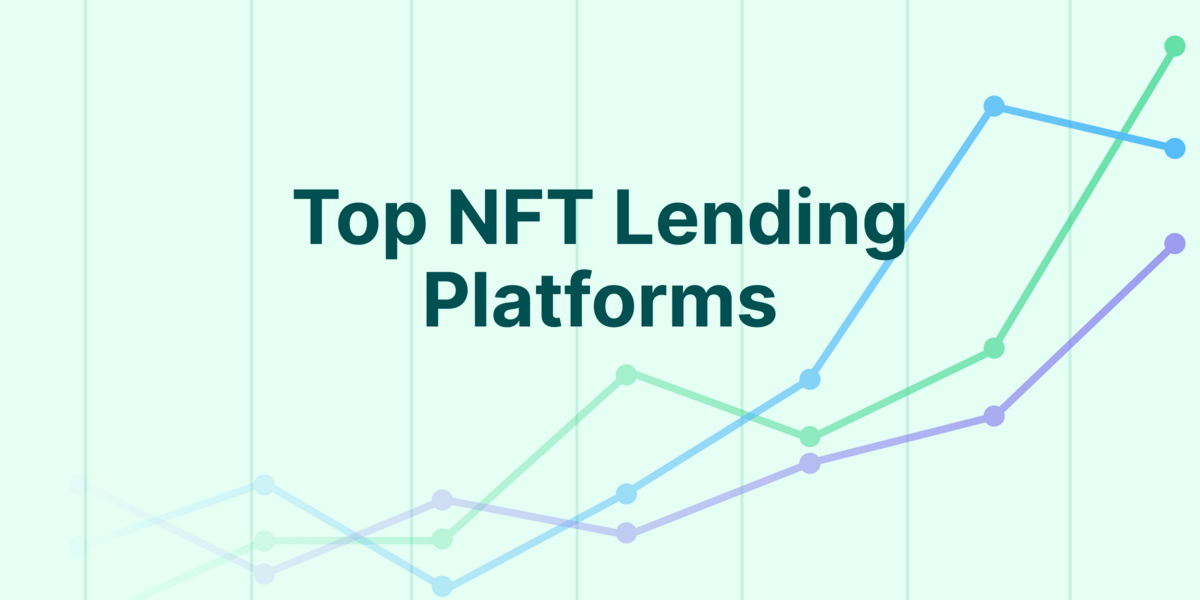Munehisa Homma, a wealthy Japanese merchant, devised a technical analytical approach to examine the price of rice contracts in the 18th century. Candlestick charting is the name given to this approach nowadays, and it is often employed when making stock charts.
What Is A Candlestick Chart?
A candlestick chart reflects a given time period and provides information on the price's open, high, low, and close during that time. Each candlestick symbolizes a different period.
It also shows the asset's opening, high, low, and closing prices throughout the course of the time. A candlestick is made up of a candle body as well as an upper and lower wick. For a given time, the candle body stretches from the asset's closing price to its starting price. An example of a candlestick chart is as below:
© CoinGecko

© TradingwithRayner.com
There are three sections to a candlestick:
-
Upper shadow
-
Lower shadow
-
Body
The body is either green (market rising) or red (market falling) in hue, and in some charts, they appear to be black (market falling) and white (market rising). Each candlestick represents a particular time. The candlestick data summarises the trades that were completed within that time period. A one-hour candle, for example, indicates one hour of trading data.
Each candlestick body represents for information:
-
Open
-
Close
-
Low
-
High
The open represents the initial deal of the period, while the close represents the last trade of the period. The maximum price reached throughout the period is shown at the tip of the upper part of the candle and the bottom part of the candle begins at the lowest price throughout the time and climbs to the candle's body.
How Do You Read A Candlestick Chart For Beginners?
Okay, before jumping into the various patterns of candlestick charts, let’s sort out the basics.
-
Body
The body is the major component of a candlestick, and it's easy to spot because it's usually large and colored.
Within the interval, the body informs you of the opening and closing prices of the market. The open will be below on a green candle, therefore the bottom of the body will give you the opening price, while the top will tell you the closing price, just like the picture above.
The reverse is true for a red candle. The market declined during the time, thus the open is the top of the body and the close refers to the bottom of a candle.
A long-bodied candlestick denotes a strong trend with a substantial gain or loss, and a tiny body indicates that the opening and closure were somewhat equal.
-
Wick
The wick is the line that extends from the top to the bottom of the body of a candlestick. In some charts, they are referred to as shadows.
The upper wick emerges from the body's top and indicates the greatest price achieved throughout the time. The lower wick commonly referred to as the tail, is at the body's bottom, marking the lowest price.
-
Open Price
The initial price exchanged during the development of a new candle is represented as the open price. If the price begins to rise, the candle will become green and the candle will turn red if the price falls.
-
Close Price
The closing price is the most recent price exchanged during the trading phase. In most charting systems, if the closing price is lower than the open price, the candle will turn red by default. The candle will be green if the close price is higher than the open price.
-
High Price
The highest price exchanged throughout the time is shown by the upper wick or top shadow. When there is no such upper wick or shadow, this indicates that the price at which the asset opened or closed is the highest traded price.
-
Low Price
The lowest price exchanged throughout the time is shown by the lower wick or low shadow. When there is no such lower wick or shadow, this indicates that the price at which the asset opened or closed is the lowest traded price.
-
Direction
If the candle's closing price is higher than its initial price, the price is heading upwards, and the candle will be green. The color of the candlestick indicates the direction of the price. If the candle is red, then the price closed is lesser than the opening price.
Bullish VS Bearish Candles
What Is a Bullish Candle?
Bullish candlesticks denote an increase in price over the specified time period. When the price begins at a given level and closes at a higher level, it makes a bullish candlestick. Bullish candles are typically represented as green or white colors.
What Is a Bearish Candle?
When the price begins at a given level and closes at a lower level, it makes a bearish candlestick. This candlestick represents a price decrease. Bearish candles are typically represented as red or black colors.
Types Of Candlestick Patterns
-
Doji

© Asiaforexmentor.com
Doji candlesticks are distinguished by their tall wicks and small bodies. If a Doji is spotted on a candlestick chart, this shows that the market suffered a lot of volatility during the session.
Doji is divided into three categories:
-
Dragonfly Doji - A long lower wick on a dragonfly Doji indicates a session-long bear run followed by a comeback back to the starting price.
-
Gravestone Doji - The huge top wick indicates that a higher price was rejected in favor of a lower price, indicating negative emotion.
-
Long-legged Doji - It shows a state of market trend uncertainty.
-
Hammer

© Medium.com
The hammer candlestick is one of the most well-known candlesticks in the world of trading. It's utilized to spot resignation bottoms, which are typically followed by a price bounce, which traders exploit to establish long bets.
The genuine body of an inverted hammer candle is tiny, with a prolonged top wick and little or no bottom wick. It emerges at the bottom of a downtrend and typically indicates the possibility of a bullish reversal.
The shooting star should not be confused with the inverted hammer, while they both appear the same, their meanings are vastly different. At the peak of an uptrend, the shooting star is typically considered as a bearish indicator, while at the bottom of a downtrend, the inverted hammer is a typically considered as bullish signal.
-
Bullish/Bearish Engulfing Candlestick

© Thinkmarkets.com
A bullish engulfing candlestick is a big green candle that totally engulfs the previous red candle's range. The reverse becomes more dramatic as the body grows larger. The body should totally swallow the red candle body that came before it. This pattern typically appears during bearish trends.
The bearish engulfing candlestick is made up of a bullish candle that is followed by a bearish candle that engulfs the first. This pattern typically suggests that a bearish move is on the way and occurs during a bullish trend.
-
Morning/Evening Star Pattern

© Corporatefinanceinstitute.com
These two types of candlestick patterns are triple candle patterns.
During bearish periods, the morning star pattern appears and typically suggests an upside reversal. This pattern begins with a bearish candle and then moves down to a little bearish or bullish candle. The price then gaps higher, forming a larger bullish candle.
It indicates that the selling pressure from the first day may have subsided and that a bull market may be approaching.
The evening star pattern shows the opposite. It emerges during positive periods and typically indicates a reversal to the negative. A bullish candle initiates the pattern, which is followed by a minor bearish or bullish candle.
The price then falls down, forming a larger bearish candle. It typically denotes the conclusion of an uptrend and is incredibly significant when the third candlestick wipes out the gains of the first.
-
Bearish/Bullish Harami

© Dailyfx.com
A bullish harami candle is similar to a reversed form of the bearish engulfing candlestick pattern, in which the larger body candle comes first, followed by the smaller harami candle. The bearish harami candle is merely the inverted form of bullish harami.
The harami patterns surface over two or more days of trading. The bullish harami depends on the initial candles to show the continuation of a descending price trend and that the bearish market is trying to push the prices down.
Candlestick chart analysis gives a wide range of patterns to anticipate future trends, including the bearish harami, which serves to predict imminent reversals in the trending direction of prices.
Wrapping It Up
In order to start understanding the market price and the charts, knowing and recognizing candlestick patterns can be incredibly helpful for you. Knowing what these patterns signify and what indications they provide can aid you in developing an investment strategy that you can use to your advantage.
Read more: Leverage Crypto Trading: How Does It Work?

Regiena is a banker, an avid reader, and part-time freelance writer, currently exploring the realm of blockchain technologies.






 Or check it out in the app stores
Or check it out in the app stores
